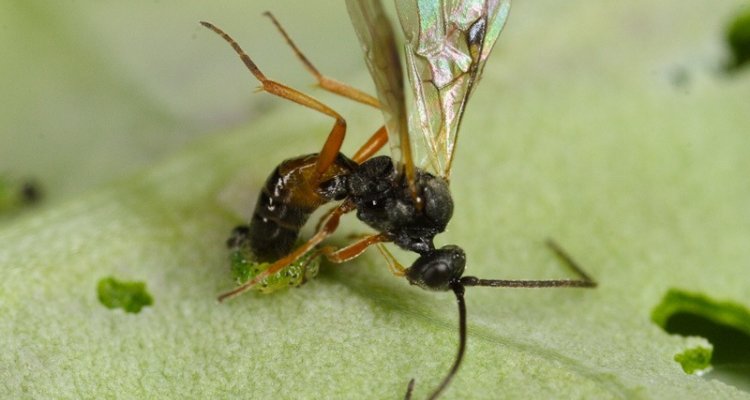
Rieta Gols's research
Rieta Gols's research focuses on Chemical ecology of plant-insect interactions
Chemical ecology of plant-insect interactions
My research involves the chemical ecology of plant-insect interactions. I am especially interested in genetic variation in plant chemistry and how this affects interactions between insect herbivores (Lepidoptera) and their natural enemies (parasitoids). As a model system I study plants in the Brassicaceae family, which include important vegetables (e.g. cabbage) and oil seed crops (mustards), and their specialist and generalist herbivorous insects. Plant species in the Brassicaceae characteristically produce secondary metabolites called glucosinolates that have been demonstrated to play an important in the interactions with insect herbivores. My ‘pet’ plant species is wild Brassica oleracea originating from the Dorset coast in the UK and is the ancestral line of cultivated cabbage varieties. Different wild populations of this plant species vary in secondary chemistry, both glucosinolates and volatile metabolites. Volatile products that are emitted by plants when damaged by herbivores, so called herbivore induced plant volatiles (HIPVs), play an important role in foraging behaviour of natural enemies such as parasitic wasps. I am interested in how parasitoids of insect herbivores feeding on brassicaceous plant species use the infochemichals to find their herbivorous hosts. This process is complicated by the fact that the caterpillars feeding on plant species in the Brassicaceae do not restrict themselves to single plant species and different plant species emit HIPV blend that vary considerably both quantitatively and qualitatively. My aim is to reveal how parasitoids deal with this enormous variation to find their hosts in complex environments
Collaborations:
My research is conducted in collaboration with Jeffrey Harvey (Netherlands Institute of Ecology, Wageningen), Nicole van Dam (Radboud University, Nijmegen, the Netherlands), James Bullock, Centre for Ecology and Hydrology, Wallingford, UK and Michael Reichelt (Max Planck Institute for Chemical Ecology, Jena Germany).